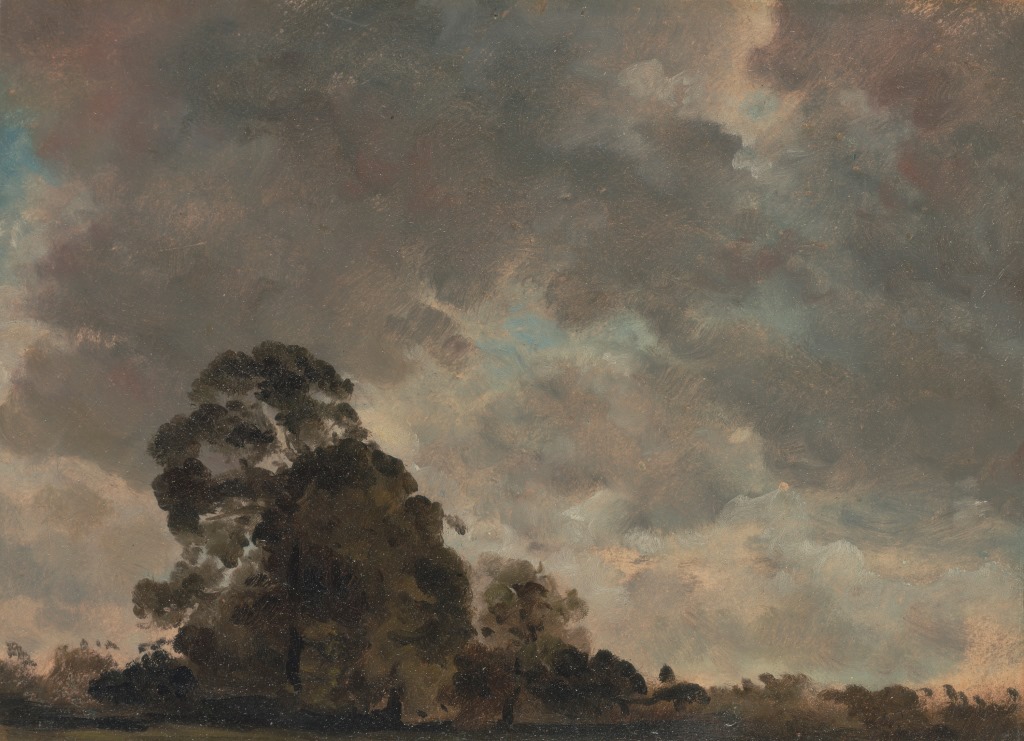
In addition to examining site-specificity and the theoretical aspects of my studio practice, I explore the relationship between my ethnicity and my work in the context of contemporary Chinese and Taiwanese art environments. This combined studio practice/text thesis analyses links among the Chinese concept of jingjie, the archetypal patterns of sacred places, the picturesque movement in European aesthetics, and site-specificity in 1960s Land Art.
#PICTURESQUE MOVEMENT LICENSE#
While all three words mean "giving a clear visual impression in words," picturesque suggests the presentation of a striking or effective picture composed of features notable for their distinctness and charm.Text (Cross-Cultural Currents in the Work of Yu-Cheng Chuang: An Examination of the Chinese Principle of Jingjie and Western Idea of the Picturesque as Parallel Influences on Site-Specificity in Land Art)Īvailable under License Creative Commons Attribution Non-commercial No Derivatives. The words graphic and vivid are common synonyms of picturesque.
#PICTURESQUE MOVEMENT WINDOWS#
Large windows framed a picturesque pond, boarded by tall pines.How do you use picturesque in a sentence? having pleasing or interesting qualities strikingly effective in appearance: a picturesque hat. (of writing, speech, etc.) strikingly graphic or vivid creating detailed mental images: a picturesque description of the Brazilian jungle.

What does picturesque mean in literature? Picturesque, artistic concept and style of the late 18th and early 19th centuries characterized by a preoccupation with the pictorial values of architecture and landscape in combination with each other. The picturesque is an aesthetic category developed in the eighteenth-century to describe, in the words of artist and author William Gilpin (1724 – 1804), ' that peculiar kind of beauty which is agreeable in a picture'. Landscape art in the early 19th century was guided by two rival concepts: the picturesque, which emphasized touristic pleasures and visual delight, and the sublime, an aesthetic category rooted in notions of fear and danger. What is the difference between the sublime and the picturesque? The chief characteristics of the picturesque were surprise and variety, in contrast to the effects of terror and awe associated with the sublime. The goal of the picturesque was to re-create in the garden the experience of the natural landscape. What are characteristics of picturesque garden design? Its landscape was shown as rugged and wild which was yet to be tamed by human hands. In those paintings, India was depicted as a quaint land. Looking for the picturesque: Picturesque landscape painting was one of the popular traditions of the European painters. What is picturesque landscape painting class 8? having a striking or colourful character, nature, etc. visually pleasing, esp in being striking or vivida picturesque view. 2 : evoking mental images : vivid.īritish Dictionary definitions for picturesque Lake Scene, Evening (1792)ġa : resembling a picture : suggesting a painted scene. What does picturesque mean in art history? The word picturesque refers to an ideal type of landscape that has an artistic appeal, in that it is beautiful but also with some elements of wildness. Gilpin encouraged his followers to engage in “picturesque travel” – the goal of which was to discover beauty created solely by Nature. The Picturesque - a category developed in the late 1700s by clergyman and artist William Gilpin - refers to the charm of discovering the landscape in its natural state.


 0 kommentar(er)
0 kommentar(er)
